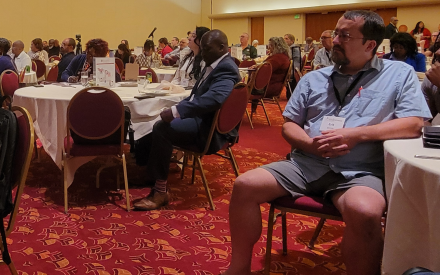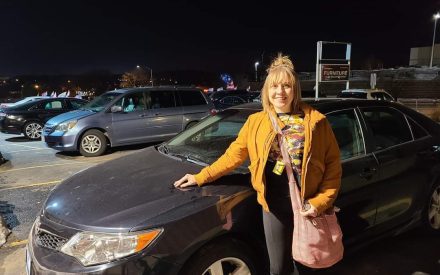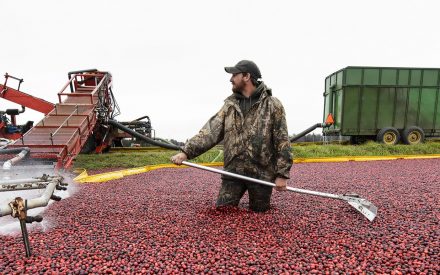End-of-life planning can be an intimidating and emotional process, which may explain why only 37% of Americans have completed Advance Care Directives. In Wisconsin, the situation is similar, with only 40% of those aged 65 and older having completed Advance Directives, and just 63% of those aged 85 and older. A 2018 needs assessment highlighted the necessity for educational programs targeted at older adults, particularly women who often have little experience managing finances and face difficult decisions after losing a spouse or partner. This lack of planning can lead to increased requests for public assistance among older adults, straining local budgets.
Program Response
To address this need, the UW–Madison Division of Extension developed the Planning AHEAD Program, which includes seven modules covering topics such as Advance Directives, Handling Financial Changes, Estate Planning, Choices in End-of-Life Care, End-of-Life Decisions, and Understanding and Dealing with Grief. The program was piloted in 2021 and has since been offered in 46 series across Wisconsin, reaching over 736 participants. It is now available in more than 20 counties, including virtual offerings.
Recognizing the need for culturally relevant programming, Extension partnered with the UW–Madison School of Nursing to adapt the program for the Hmong community. This involved a two-and-a-half-year process where Hmong students taught core elements of the program to community members and gathered feedback to inform adaptations. The Hmong Planning AHEAD workbook was launched in January 2025, and Extension educators and community health workers have been trained to deliver the program in several counties.
Impact and Outcomes
The Planning AHEAD Program has shown significant positive outcomes:
• Knowledge and Confidence: 99% of participants reported learning enough to move forward with end-of-life planning, 89% felt more confident having conversations about end-of-life wishes, and 94% knew where to find reliable resources.
• Behavioral Changes: Participants indicated progress in gathering important information (76%), communicating end-of-life wishes (73%), and making decisions about burial, cremation, and organ donation (64%). The percentage of participants actively planning for end-of-life increased from 16% to 60% after completing the series.
• Cultural Adaptation: The Hmong Planning AHEAD Program has been successfully adapted to meet the cultural needs of the Hmong community, ensuring broader accessibility and relevance.
Download Article

 Enhancing Fatherhood Engagement
Enhancing Fatherhood Engagement Addressing Economic Inequities in Wisconsin
Addressing Economic Inequities in Wisconsin Wisconsin Cranberries: Supporting a billion-dollar industry
Wisconsin Cranberries: Supporting a billion-dollar industry Mitigating Manure’s Effect on Water Quality
Mitigating Manure’s Effect on Water Quality


